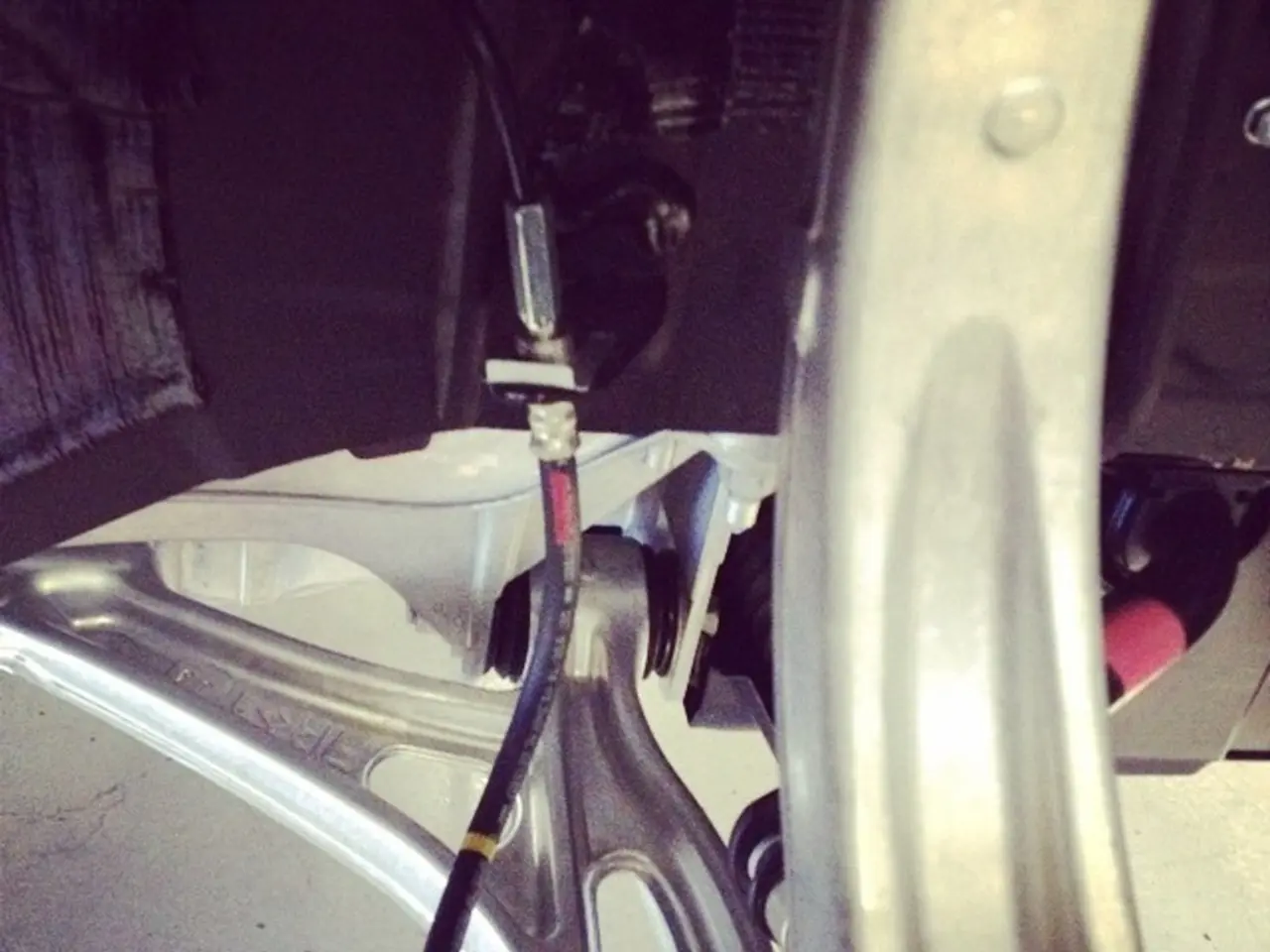Energy Innovation: Leveraging Magnetism for Global Power Generation
In the quest for sustainable and efficient energy solutions, magnetism-based energy systems are gaining significant attention. These systems tap into the power of magnetic fields to generate electricity, offering a promising pathway towards a cleaner and more efficient future.
Diagram 1 illustrates a magnetism-based energy system, which is expected to play a pivotal role in addressing the world's growing energy demands. The future of this technology looks promising, with advancements in areas such as advanced magnetic materials, Magnetohydrodynamics (MHD), and Superconducting Magnetic Energy Storage (SMES).
One of the methods used in magnetism-based energy is electromagnetic induction, which involves coils, magnets, and other magnetic materials to induce electrical currents. In coastal communities, SMES can generate electricity from seawater, thanks to MHD technology that utilizes the motion of fluids to induce electrical currents using magnetic fields.
The development of high-performance magnetic materials is crucial for the widespread adoption of magnetism-based energy systems. In the renewable energy sector, neodymium iron boron (NdFeB) magnets are essential components in wind turbine generators and electric vehicle motors, driving the clean energy transition globally.
Magnetism also plays a role in advancing the hydrogen economy. Recent studies have shown that applying magnetic fields in electrolysis can double hydrogen production efficiency, potentially leading to more cost-effective and scalable green hydrogen production technologies.
Recycling and sustainability of magnetic materials are receiving increased attention. Techniques such as hydrogen-assisted recycling of NdFeB magnets facilitate environmentally friendly recovery of rare earth elements, contributing to a circular economy and lowering the environmental footprint of magnet production.
While magnetism-based energy has potential, it is unlikely to replace traditional energy sources entirely. However, it offers high efficiency, scalability, and low environmental impact, making it an attractive option for sustainable energy solutions.
Table 1 compares the efficiency, scalability, and environmental impact of various magnetism-based energy systems, including Electromagnetic Induction, MHD, and SMES. SMES, for instance, stores electrical energy with high efficiency and low environmental impact but faces challenges in scalability as demand increases.
The increasing adoption of magnetism-based energy systems is anticipated, with potential future developments including scaling fusion magnet technologies, enhancing magnet designs for recyclability, integrating magnetic-field-enhanced catalysis in industrial hydrogen production, and continuing exploration of novel magnetic materials and orders for next-generation energy storage, conversion systems, and electronics.
For those seeking more information, a FAQ section provides answers to questions about magnetism-based energy, its workings, benefits, challenges, and potential to replace traditional energy sources. In coastal communities, magnetism-based energy can provide a reliable and sustainable source of energy, while SMES offers an attractive option for grid-scale energy storage due to its high efficiency. Together, these advancements point towards a future where magnetism underpins diverse, cleaner, and more efficient energy generation and utilization technologies.
[1] ITER Fusion Project Completes Central Solenoid [2] Global Neodymium Iron Boron (NdFeB) Magnet Market to Reach Nearly $20 Billion by 2032 [3] Magnetic Fields Double Hydrogen Production Efficiency [4] Hydrogen-Assisted Recycling of NdFeB Magnets [5] New Types of Magnetic Order at the Nanoscale
- In the renewable energy sector, efforts are underway to refine the use of neodymium iron boron (NdFeB) magnets, essential components in wind turbine generators and electric vehicle motors, with the aim of further driving the clean energy transition globally.
- The financial industry is closely watching the progress of the Magnetism-based energy industry, as advancements in areas such as SMES and MHD technology for coastal communities generate electricity efficiently from seawater could potentially lead to more cost-effective and scalable green energy solutions.
- As the role of environmental-science becomes increasingly important in shaping a sustainable future, the development of next-generation energy storage and conversion systems using magnetic materials will require the exploration of novel magnetic materials and orders, integrating magnetic-field-enhanced catalysis in industrial hydrogen production, and enhancing magnet designs for recyclability.
- As the market for neodymium iron boron (NdFeB) magnets continues to grow, reaching a projected $20 billion by 2032, initiatives such as hydrogen-assisted recycling of these magnets are being implemented to promote a circular economy and reduce the environmental footprint associated with magnet production.




